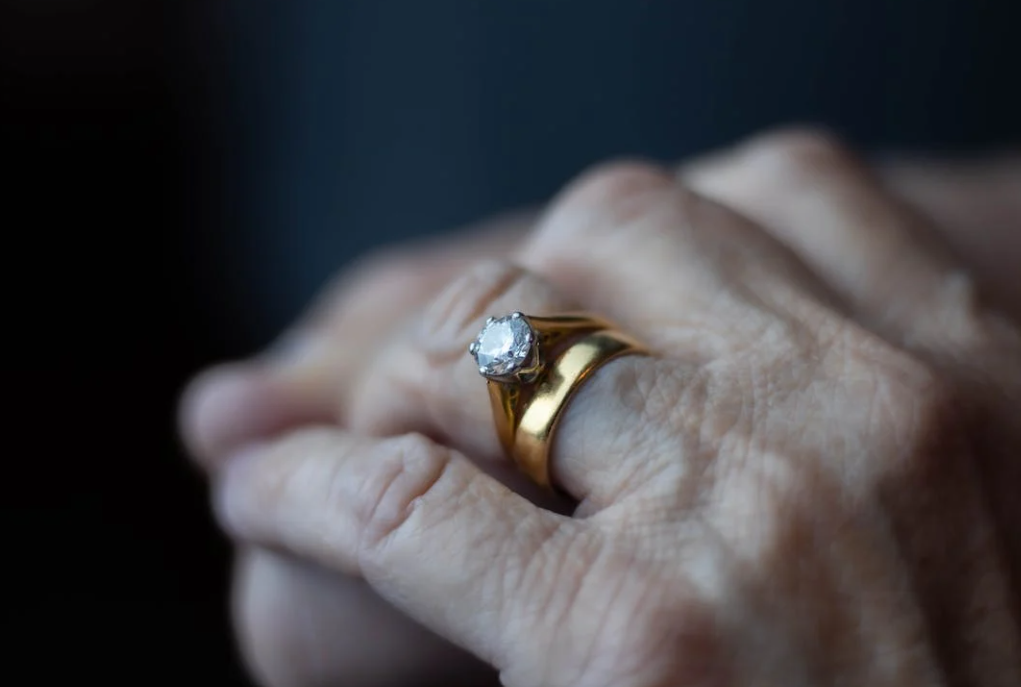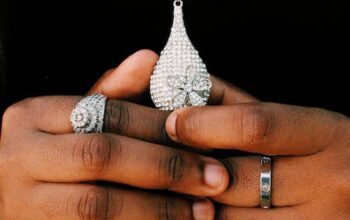
Investing in jewelry can be a tempting option for those looking to diversify their investment portfolio and potentially earn a return on their money. However, like any investment, there are also potential disadvantages to investing in jewelry that should be carefully considered before making a decision.
One major disadvantage of investing in jewelry is that it is often difficult to accurately assess the value of jewelry. The value of jewelry is influenced by a wide range of factors, including the quality and rarity of the materials used, the skill of the craftsman, and the fashion trends of the time. As a result, it can be difficult to accurately determine the value of jewelry, and there is a risk that the jewelry may not appreciate in value as expected.
Another disadvantage of investing in jewelry is that it can be a illiquid investment. Unlike stocks, bonds, or real estate, jewelry cannot be easily sold to raise cash. This can make it difficult to access the money you have invested in jewelry, and can limit your flexibility in managing your investments.
Jewelry is also subject to theft and loss. This means that if your jewelry is lost or stolen, you may not be able to recover its value. As a result, it is important to ensure that jewelry is stored securely, and insured against loss or damage.
In addition, jewelry can be subject to fraud. This means that there is a risk that you may purchase jewelry that is not authentic, or that is of a lower quality than what is claimed. As a result, it is important to do your research and to ensure that you are dealing with a reputable and trustworthy dealer, when purchasing jewelry.
Investing in jewelry can also be subject to capital gains tax, when the jewelry is sold. This means that if you sell your jewelry for a profit, you may be required to pay a portion of that profit to the government in the form of taxes. It is important to seek professional tax advice, to ensure that you are fully informed about the tax implications of your jewelry investments, and to ensure that you are in compliance with all relevant tax laws.
It’s also important to consider that jewelry is a luxury item, and its value can be affected by changes in consumer spending patterns. During economic downturns, people may cut back on luxury spending, which can negatively impact the value of jewelry. Additionally, jewelry is often sold at a premium, which means that it may not be a cost-effective investment compared to other options, such as stocks or bonds.
Another factor to consider is that jewelry is often sold through retailers, who may mark up the price of the jewelry to cover their own costs and make a profit. This markup can make it more difficult to determine the true value of the jewelry, and can reduce the potential return on investment.
It’s also important to be aware of the possibility of a jewelry bubble. Just like in real estate, it is possible for the value of jewelry to become overinflated, leading to a bubble that may eventually burst. This can result in a significant drop in the value of the jewelry, and a loss of the money invested.
In addition, it is important to remember that jewelry is a physical asset, and can be subject to wear and tear, or damage. Over time, the jewelry may lose some of its value, and may require repairs or maintenance to maintain its value. This can add additional costs to the investment, and may reduce the potential return on investment.
It’s also important to consider that jewelry is a highly personal investment. Unlike stocks or bonds, which can be easily bought and sold, jewelry often has sentimental value and may be difficult to part with. This can make it challenging to sell the jewelry, even if it is worth less than what you paid for it.
Another factor to consider is that jewelry is often a long-term investment. Unlike stocks or bonds, which can be bought and sold quickly, jewelry often requires a long-term commitment, and may not be a good option for individuals who need access to their money in the short-term.
Additionally, investing in jewelry can be complex, and requires a good understanding of the jewelry market and the factors that influence the value of jewelry. This can make it challenging for individuals who are not familiar with the jewelry market, and who may not have the time or expertise to research and monitor their jewelry investments.
It’s also important to consider that jewelry is often a speculative investment. Unlike stocks or bonds, which offer a relatively stable return on investment, the value of jewelry can be influenced by a wide range of factors, including fashion trends, economic conditions, and fluctuations in the precious metal and gemstone markets. This means that there is a higher degree of risk associated with investing in jewelry, and that there is no guarantee that you will make a profit.
Another factor to consider is that jewelry is often a relatively illiquid investment. Unlike stocks or bonds, which can be sold quickly and easily, jewelry often requires a longer time frame to sell, and may be more difficult to sell in a down market. This can make it challenging to access your money quickly, if you need it.
Additionally, it is important to be aware of the potential for fraud in the jewelry market. Unlike stocks or bonds, which are regulated by government agencies, the jewelry market is largely unregulated, and there is a risk of purchasing counterfeit or fake jewelry. This can result in a significant loss of money, and can make it challenging to determine the true value of the jewelry.
Finally, it is important to remember that investing in jewelry is not a passive investment, and requires ongoing monitoring and management. Unlike stocks or bonds, which can be managed by a professional, jewelry investments require a personal commitment to research and monitoring, to ensure that the jewelry remains in good condition, and that its value is preserved over time.
Investing in jewelry can be a valuable investment option for some individuals, but it is important to be fully informed about the potential disadvantages, and to weigh these against the potential benefits, before making a decision. By being informed and proactive, you can make informed investment decisions, and minimize the risks associated with investing in jewelry.


